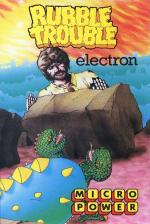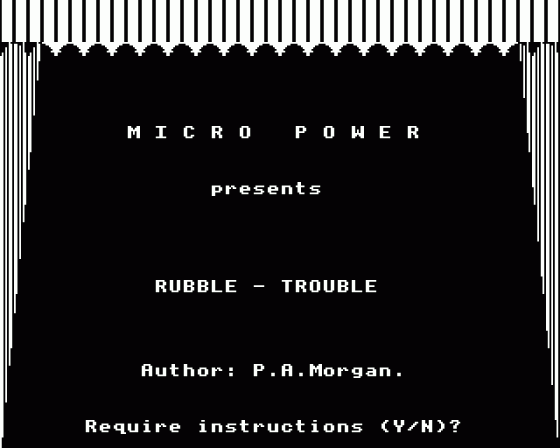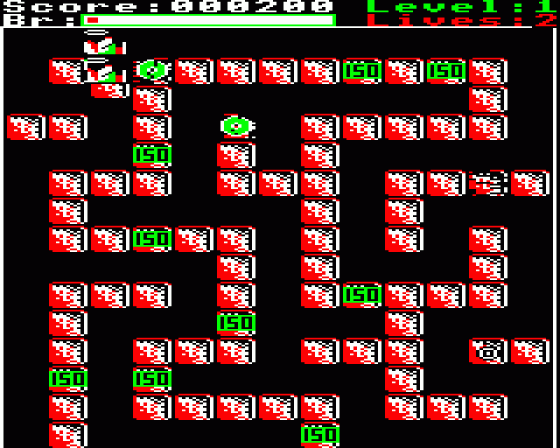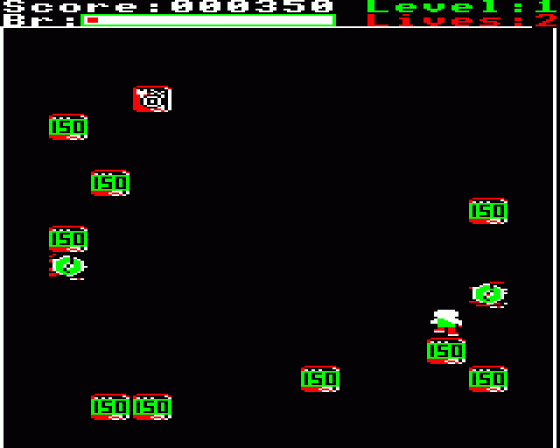Other Reviews Of Rubble Trouble For The Acorn Electron
Rubble Trouble (Micro Power)
A review by Keith Young (Electron User)
Rubble Trouble (Micro Power)
A review by Dave Reeder (A&B Computing)
Rubble Trouble (Micro Power)
A review by Dave Reeder (A&B Computing)
Rubble Trouble (Micro Power)
A review by Simon Williams (Acorn User)
Rubble Trouble (Micro Power)
A review by M.B. (Home Computing Weekly)


 26th August 2018
26th August 2018

















